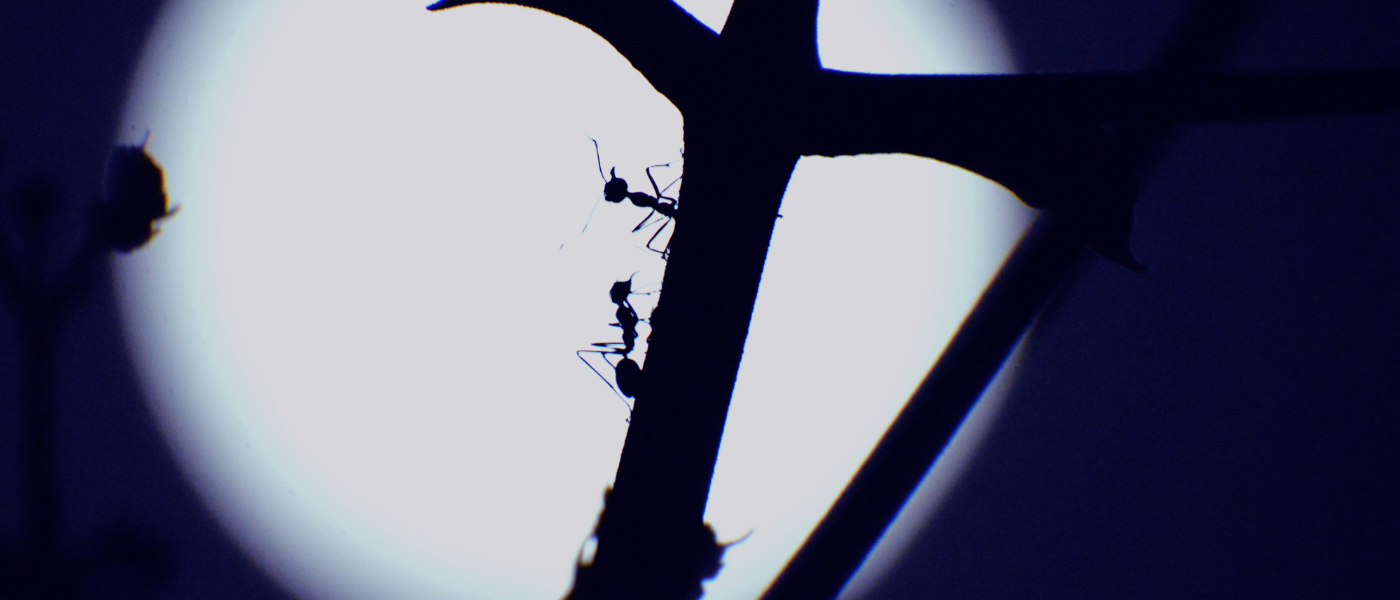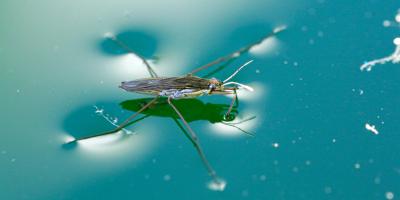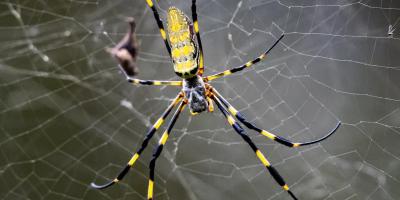Zombies Aren’t Just Found in Movies…

You might believe that zombies are only real in the movies, and so long as you were talking specifically about human zombies, you’d be right. But believe it or not, zombification really does occur in the animal kingdom—and not just in someone’s imagination.
The Zombie Origin Story
Zombie lore is actually relatively new compared to other classes of monster, like werewolves and vampires, which have been around for more than 500 years. First appearing in Haiti in the 17th and 18th centuries, original zombie lore is rife with tales of class warfare and politics. The version most folks know these days, however, has shed the socioeconomic overtones in favor of full-throttle fear of mindless, unstoppable formerly-human drones hungry for human flesh.
Originally imagined as corpses that were reanimated by a black magic witch doctor, nowadays it’s just as likely to be a virus or some kind of superbug causing the outbreak (as seen on TV). What’s important now, more than what turned them that way, is how zombies look and behave.
Zombie’s are totally mindless creatures—some even go so far as to say they act 100% on instinct. They can’t be stopped (because they’re already dead), so the only way to eradicate them is to blow their heads off.
But just like their howling and blood-sucking kin, zombies aren’t considered a serious threat outside the movie theater either. Although a pandemic disease that creates zombie-like symptoms is indeed theoretically possible, the reality is that all people’s talk about a zombie apocalypse is just for similarly-mindless fun.
But what most of those people probably don’t know, is that zombification is actually more possible than theoretical… at least in the realm of insects.
The Zombie Apocalypse Attacks Ants
Some insects, commonly ants, can become infected with a parasitic fungus called Ophiocordyceps unilateralis, which takes over their bodies and controls their minds.
It infects ants when free floating spores penetrate the insects’ exoskeletons. Once inside the ant’s body, the spores start reproducing quickly. As the infection gets worse, the ant, contrary to typical ant behavior, leaves its nest to find an area where the temperature and humidity is better suited to the fungus that’s attacking it.
Eventually, the fungus strategically leads the ant to a leaf where the spores lie in wait. The ant is enticed to bite into the leaf and hold on, where the ant remains stagnant until death. At that time, the fungal branch breaks through the ant’s skull, before bursting into another cluster of spores in search of more ants to infect.
Fortunately, for us, Ophiocordyceps unilateralis only attacks insects. Human bodies and nervous systems are way too complex for the simple fungus to take over. Turns out, the fungus might even be doing us a favor. In this equation, it’s the ants who are the more significant nuisance for humans.
Scientists aren’t quite sure how Ophiocordyceps unilateralis effects its mind-control over the humble worker ant, but they theorize it is through chemical transference and not direct infection of the brain by the fungus.
To protect your home or business against ants (zombie or not), make sure to call in the experts and combat current threats, as well as prevent new ones from occurring in the future. Check out our ant removal services page for more details and to request a free quote.



